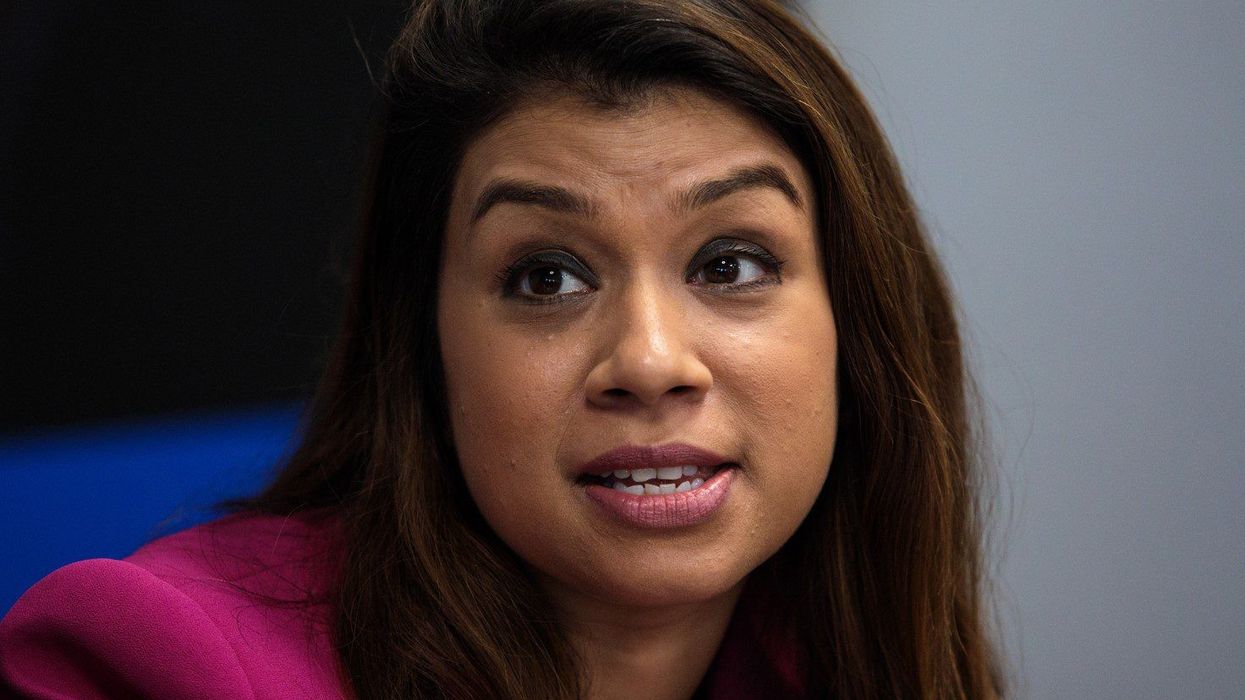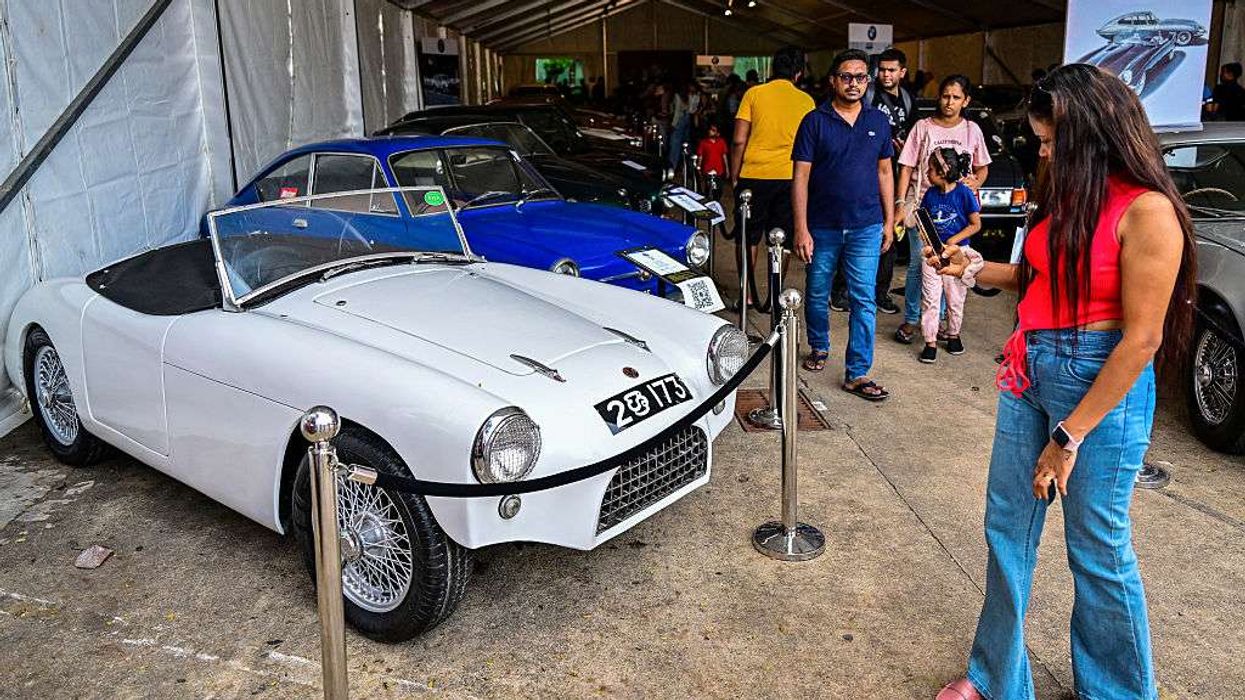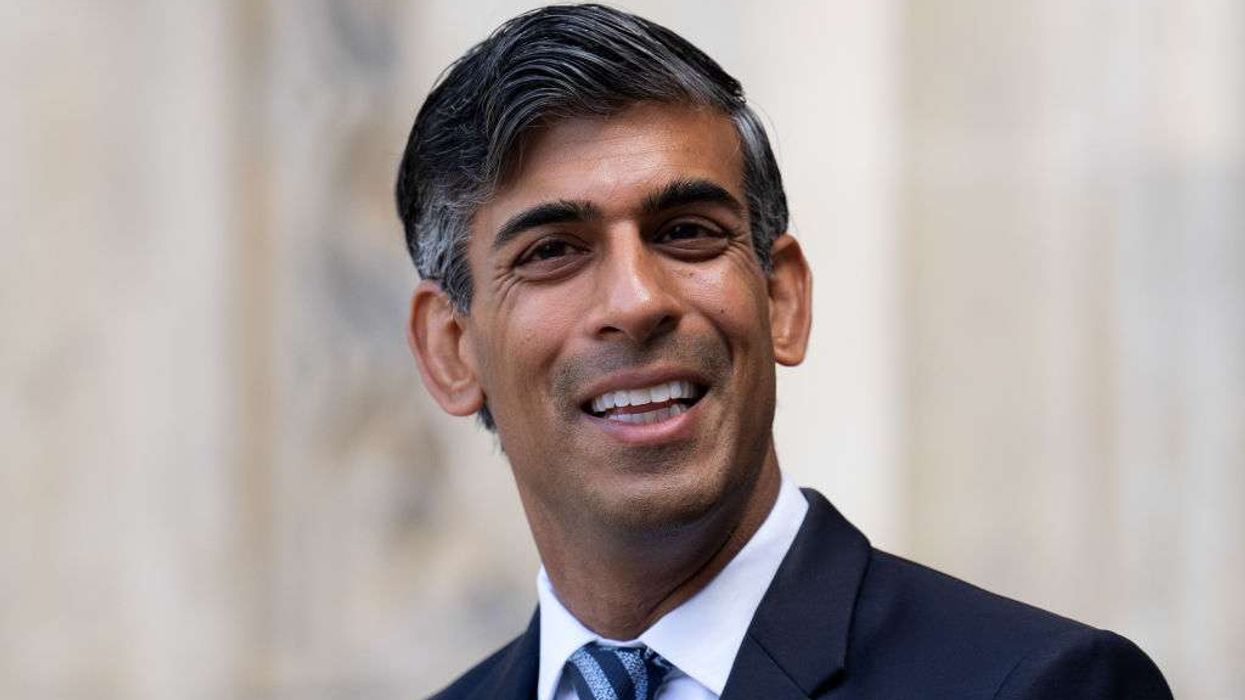ACCLAIMED ACTRESS TABU ON HER GREATEST INSPIRATIONS, ACTING AND LATEST FILM DE DE PYAAR DE
by ASJAD NAZIR
Popular actress Tabu’s versatility is perfectly illustrated by the wide array of characters she continues to portray in big commercial films.
The multi-award winning actress is mixing up roles in diverse genres and was most recently seen playing a villainous role in global blockbuster Andhadhun.
She continues to add impressive roles to what is already a glittering career and stars opposite Ajay Devgn in this week’s high-profile Bollywood release De De Pyaar De, which sees her play the ex-wife of a middle-aged man who is dating a much younger woman.
Eastern Eye caught up with Tabu to talk about acting, her latest film De De Pyaar De, inspirations and passions away from work.
You are still very much at the top of your game; what keeps alive the acting passion and ability to deliver at such a high level?
(Smiles). My god! First of all, that is a huge compliment, so thank you, Asjad. I don’t know how to answer that question, but I think the fact that I want to give my best in any given project keeps me motivated. I want to choose correctly and be completely at one with what I am doing at that particular time. I just want to keep growing and evolving with my craft as an actor, and in life as a person. I think that is what keeps me going.
How much does it mean when a film like Andhadhun becomes such a global hit?
It is really a phenomenon that I cannot explain. The kind of joy and happiness I feel about its success is also inexplicable. I don’t see it like a big achievement or weight I carry. But what I would say is that Andhadhun has been the most wholesome and fulfilling experience of my career in terms of working with people who are so democratic and allow everybody to own the film and project, and who give credit fully to everybody. So the success of Andhadhun, for me, means the success of the entire team. With it, you get to see what a film can achieve purely on the basis of merit.
Tell us, how do you select films today, and is it a coincidence they are all so different to each other?
I like to do something different each time. If I have done something previously, I would not like to repeat myself. But, luckily, different roles are offered to me and I don’t have to consciously go looking for them. See, even if I want to do something different I have to wait for offers to come to me. So I think the luck factor works in my favour and that filmmakers with diverse stories and characters from different genres approach me. I feel blessed to be in a position to say yes or no. That is something I am eternally grateful for. I haven’t made a conscious effort, but diverse roles come to me.
What did you like about your new film De De Pyaar De?
I liked that it speaks about a realistic situation, which perhaps isn’t common. It is told in a humorous way without taking away the gravitas of any relationship. The film doesn’t trivialise any emotion or relationship, including the husband-wife dynamic. It also includes the relationship between a woman and her ex-husband, but told in a humorous and mature way.
Tell us about your character in the new film?
I play Ajay Devgn’s ex-wife, who is a very independent, strong-minded and determined woman. She has made it on her own without any help, lives life on her own terms as a professional and runs a resort in a hill station. It’s about how she deals with the complicated situations in her life.
You are most known for serious roles; how does comedy compare to it?
I think comedy has a lot to do with collaboration and not something you can pull off on your own. Comedy is about defining situations you are in with other people and reacting. Comedy is a different process and discipline, so it’s difficult to compare, but it does involve different faculties of your craft. So for each film, you have to tap into a different area and it can’t be compared.
For me, you are the most naturally-gifted actress; how do you approach a performance?
I don’t know really and actually, don’t think about it that much. I don’t have an answer to this question about how I approach a performance, and it is not something I can pre-empt before starting a project.
You have done a lot of amazing characters, but if you could revisit any of them, which ones would they be?
It would have to be my characters in Maqbool and Haider. Those two roles I played were iconic characters from literature. Not just because they are from literature, but because of the kind of complex minds and situations they were dealing with. Also, the kind of emotional graphs these characters had. I think it is very rare for female actors, especially in Hindi films, to get to do that. They allow you to explore yourself and new territories. And having a director like Vishal Bhardwaj allows you to express the character the way you want to. So, Maqbool and Haider have been two of my best experiences.
I have to also comment that you are getting more gorgeous with age; what is your secret?
(Laughs). Thank you for the compliment. I guess I have no answer to that. I don’t know how to answer that, I guess it is about enjoying the work and being happy.
What are your passions away from work?
Music. I love listening to music. I also want to learn music professionally and have started training, but there is a long way to go. I really want to be able to train my voice as much as I can. I want to have a good singing voice. I want to do more photography, I want to travel and write stories.
You have played loads of amazing characters; but do you have a dream role you haven’t played yet?
I haven’t thought about a dream role and haven’t envisioned a particular character. I have been given so many interesting parts to play that I could not ask for more at this point of time. But when the next good and interesting role is offered to me, then that will become my ideal character.
Well, I am looking forward to you playing another villain again after Andhadhun...
(Laughs). Yes, I would too as I had so much fun playing that character.
What inspires you?
I am inspired by the world around me. I believe there is an energy around you, which pushes you forward, makes you think, write, make a film or just do something. There are so many things in this world that inspire me, including nature, music, people’s lives, journeys and so on.
Finally, why do you love cinema?
I don’t know if I would use the word love, but it is because I have done movies for so long that I have formed a relationship with it, whatever that is, whether it is a passion or friendship, but I think cinema has been too long in my system.
De De Pyaar De is in cinemas now












